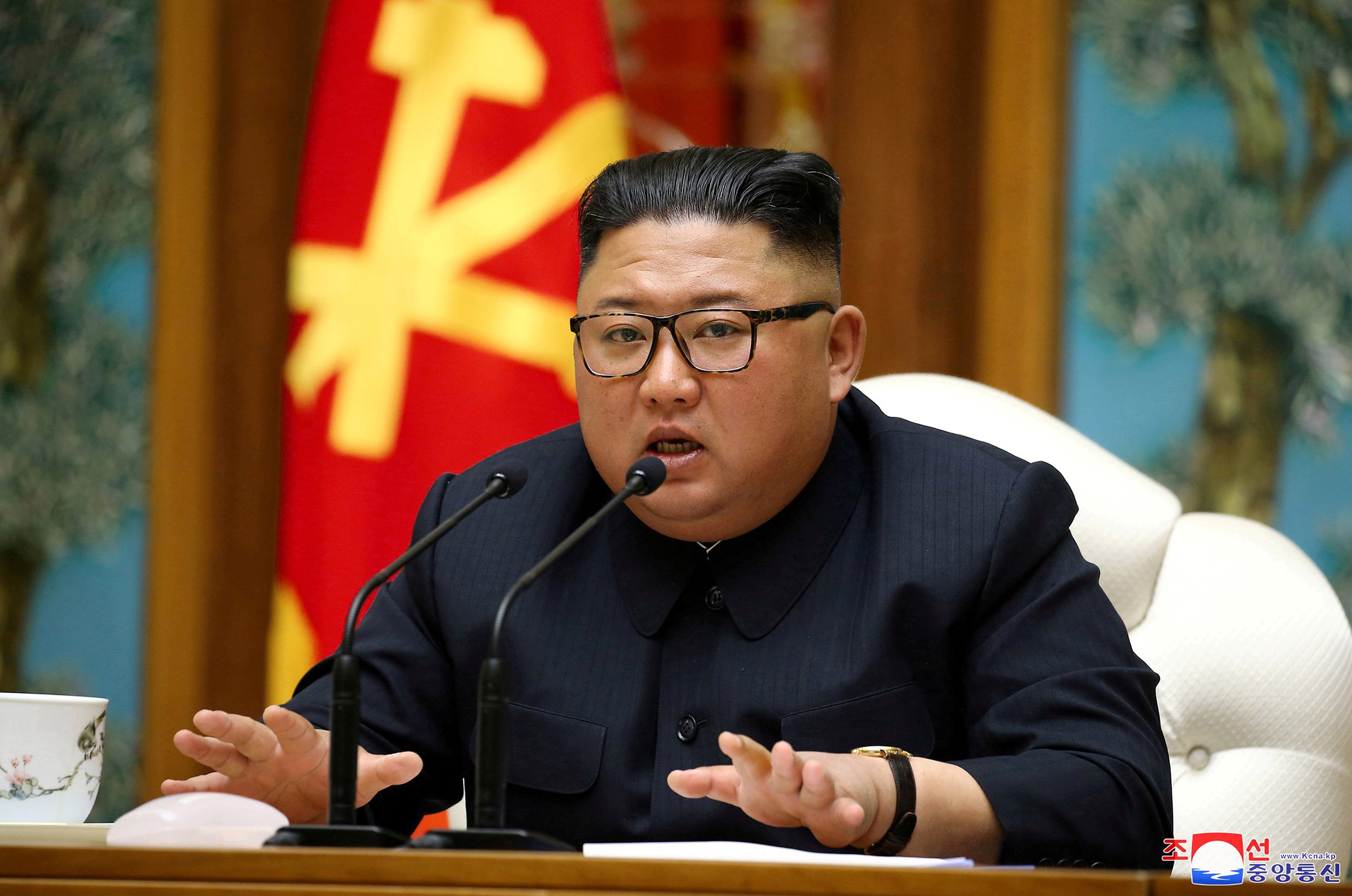
North Korea on Friday conducted its fourth cruise-missile firing this year, while state media reported the same day that North Korean leader Kim Jong Un called for strengthening the country’s naval force to defend its maritime sovereignty.
South Korea’s Joint Chiefs of Staff (JCS) on Friday stated the South Korean military had detected several cruise missiles fired by North Korea into the West Sea, or Yellow Sea, at 11 a.m.
“The ROK military is closely coordinating with the U.S. in enhanced surveillance and vigilance, and is closely monitoring further signs and activities of North Korea,” stated the release, which did not provide the number of missiles launched or the distance flown.
North Korea has not issued any statements on Friday’s firing as of press time, but earlier on Wednesday, state media Korean Central News Agency (KCNA) gave a short report stating that the Korean People’s Army (KPA) staged a launching drill of the cruise missile “Hwasal-2” in the West Sea on Tuesday.
“The drill made a contribution to checking the KPA’s rapid counterattack posture and improving its strategic striking capability and had no adverse effect on the security of a neighboring country,” concluded the report. The JCS on Tuesday stated that North Korea fired several cruise missiles into the West Sea at 7 a.m. that day.
On Friday, KCNA reported that Kim had visited the Nampho Dockyard, which is located in the city of Nampho on North Korea’s west coast and constructs both warships and civilian ships. The North Korean leader told the dockyard that it’s charged with a very important task in developing the country’s shipbuilding industry and strengthening its naval force, which was the most important issue in reliably defending the maritime sovereignty of the country and stepping up war preparations, according to KCNA.
Kim also was briefed on the construction of new warships and the progress of the five-year military development plan issued in 2021. He also “gave an instruction on pushing ahead with the planned building of ships and unconditionally completing them within the period of the five-year plan,” according to KCNA. KCNA did not state when the visit took place, but it showed Kim touring the shipyard and walking past ships under construction, including a second Amnok-class corvette. In August 2023, KCNA released photos of 661, the lead ship in the class, firing cruise missiles that likely could carry nuclear and conventional warheads.
Friday marked the fourth time North Korea has conducted cruise-missile launches this year and the third time within a week. Tuesday’s launches followed Sunday’s launch of a submarine-launched version of its new cruise missile, Pulhwasal-3-31. North Korea conducted ground-launched firings of Pulhwasal-3-31 on Jan. 24.
Over in Japan, the U.S.-Japan bilateral exercise Keen Edge 24, which also includes the Australian Defence Force, began on Thursday, according to a U.S. Indo-Pacific Command. The exercise, scheduled to end on Feb. 8, is “designed to increase our integrated joint operational capability, refine command and control procedures, and enhance interoperability of all participants,” according to a release from the combatant command. This year’s iteration will include greater synchronization with U.S. Space Command and U.S. Cyber Command, and Japanese, U.S. and Australian headquarters staffs will employ computer simulations to practice responses in the event of a crisis or contingency, the release stated.
The Marine Corps issued its own release detailing its activities in the exercise, stating that approximately 1,350 Marines, sailors and personnel from III Marine Expeditionary Force (MEF) and Western Army, Japan Ground Self-Defense Force, will rehearse distributed combined joint command and control of maritime terrain in the first island chain. The two forces will employ bilateral coordination nodes in the Okinawa prefecture and mainland Japan to synchronize logistics, fires and maneuver and rehearse stand-in-force concepts for territorial defense, according to the release.
“The Western Army and III MEF’s bilateral relationship sets the benchmark for mutual defense,” Lt. Gen. Roger B. Turner, the commanding general of III MEF, said in the release “This exercise will enhance our joint coordination for complex multidomain operations as part of the stand-in-force.”
Meanwhile, People’s Liberation Army Navy (PLAN) ships have been sighted sailing around Japan, according to Japan Joint Staff Office (JSO) releases. On Wednesday, the JSO issued a release stating that Dongdiao-class intelligence ship Beijixing (851) was sighted that day sailing southeast in an area 93 miles northeast of Miyako Island, and subsequently sailed through the Miyako Strait to enter the Philippine Sea. Japan Maritime Self-Defense Force minesweeper JS Yakushima (MSC-602) shadowed the PLAN ship, according to the release. The JSO also issued a release on Thursday stating that at 7 a.m. local time, PLAN destroyer CNS Changchun (150) and frigate CNS Yiyang (548) had been sighted sailing southeast in an area 80 miles northeast of Miyako Island, and subsequently transited the Miyako Strait to enter the Philippine Sea. Yakushima shadowed the PLAN ships.





